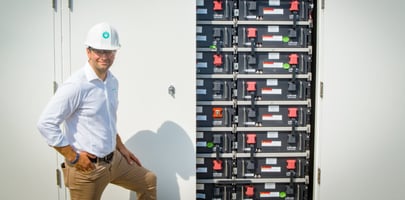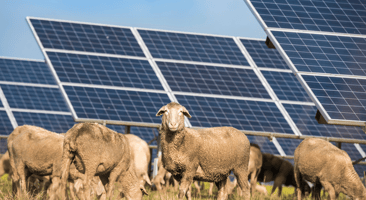Benefits of Energy Storage for Landowners

If you're thinking about leasing land for solar, you should also be thinking about batteries …
Fifteen years ago, solar panels were uncommon and now, in some locations, they’re on more rooftops than not. Ten years ago, seeing a single electric vehicle on the road would be enough to turn heads, but now electric vehicles (EVs) are filling up the roadside charging stations. The parallel transition in the clean energy space is happening right at this moment for energy storage.
BloombergNEF forecasting a 122-fold boom of stationary batteries over the next two decades thanks in large part to an 85% reduction in battery costs between 2010 and 2018.
Despite this growth, a lack of familiarity with the technology and its potential impact on the land may prevent folks from taking advantage of the myriad benefits of energy storage. Much like leasing land for solar, leasing land for energy storage or solar-plus-storage (paired solar PV and battery storage) can benefit both landowners and the clean energy transition.
From an economic, sustainability, and operational standpoint, battery storage presents a triple threat, so helping landowners understand this rapidly evolving sector—and opportunity—is mutually beneficial.
To understand why energy storage is a great option for landowners today, let’s start by answering some frequently asked questions that we get all the time (and you may be asking yourself!).
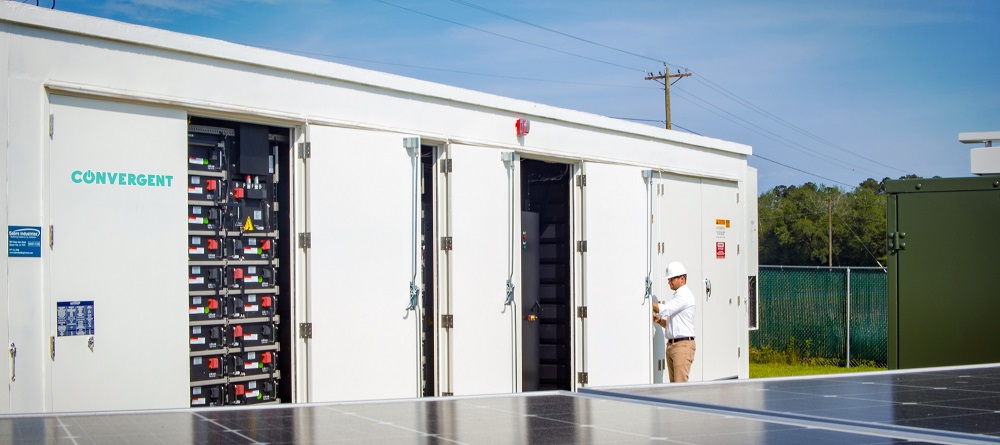
Why Energy Storage?
Historically, power on the grid has flowed in one direction (from generation to transmission to distribution to customers) but with more and more customers producing their own power, i.e., solar panels at businesses or residences, power is now flowing in multiple directions. The grid was not built for this. Nor was it built for the proliferation of extreme weather events produced by climate change.
The future of energy depends on our ability to store it. We need energy storage to accelerate the clean energy transition, reduce costs, and increase reliability for businesses, utilities, and communities.
How Does Energy Storage Work?
Energy storage systems allow electricity to be stored—and then discharged—at the most strategic times. Today, Lithium-ion batteries, the same batteries that are used in cell phones and electric vehicles, are the most commonly used type of energy storage. Like the batteries in your cell phone, commercial-, industrial-, and utility-scale battery energy storage systems can be charged with electricity from the grid, stored, and discharged when there is a deficit in supply or when energy is most expensive. Battery storage is an increasingly popular solution for businesses and utilities looking to reduce their energy costs and carbon footprint at the same time, and is viable on its own.
Can You Pair Battery Storage and Solar Energy?
Short answer: yes. Solar panels only generate electricity when the sun is shining. Humans, of course, do not only use electricity when the sun is out. This is why finding a way to reliably store and access those electrons (i.e. energy storage) is key to the clean energy transition. A solar-plus-storage system is a battery system that is charged by a connected solar system, such as a photovoltaic (PV) one. In other words, solar-plus-storage combines a battery energy storage system with solar PV to reduce a customer’s energy costs and carbon footprint at the same time.
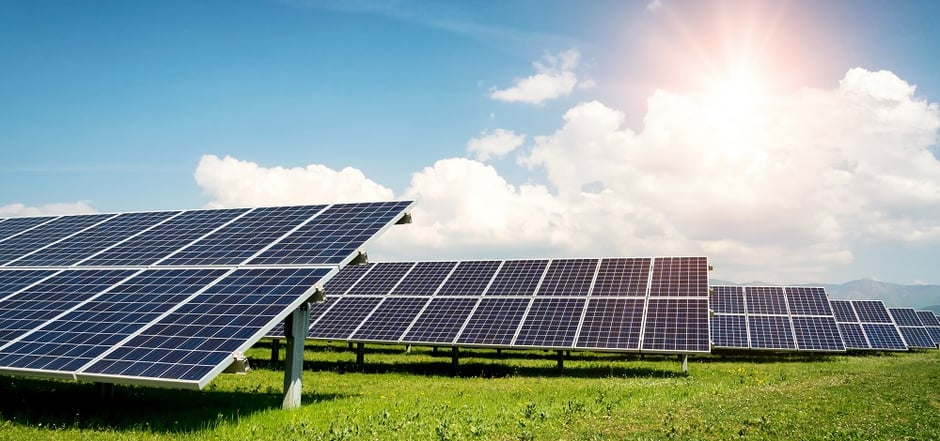
How Much Space Does Energy Storage or Solar-Plus-Storage Require?
For utility-scale energy storage installations, the rule of thumb is that 600 to 1,000 square feet are needed per Megawatt-hour (MWh) of storage capacity, inclusive of not just the battery but also the transformers and auxiliary equipment. If solar is to be paired with the energy storage, then seven acres would be needed for each Megawatt (MW) of solar PV panels.
For commercial or industrial-scale energy storage solutions that are simply serving on-site consumption, even less space is needed because of lower transmission considerations. Many businesses have patches of land where batteries can readily fit and bring great impact. If they don’t, leasing adjacent land is an alternative solution.
How Much Energy does a Battery Energy Storage System Generate and/or Store?
For conventional generators, such as a coal plant, a megawatt of capacity will produce electricity that equates to about the same amount of electricity consumed by 400 to 900 homes in a year. A MW of energy storage can power around 1,200-6,000 homes per year, depending on demand. Due to differences in PV system performance and annual energy consumption per household, the number of homes powered by a MW of solar can vary significantly from state to state. The average is around 200 homes per year.
What does an Energy Storage or Solar-Plus-Storage System Look Like?
The battery storage modules closely resemble shipping containers. We can put foliage around or paint them any color to blend with the landscape. To see what some of our systems look like, please visit Convergent’s Results webpage or YouTube channel for more examples.
Must Energy Storage be Paired with Solar PV?
Common battery discussions center around combined solar and energy storage projects, and with good reason. The ideal way to maximize the efficacy of solar panels is by partnering them with on-site energy storage to allow clean energy to be tapped into around the clock. However, that correlation does not mean the reverse is true. Even without solar generation, energy storage can still be used to strategically charge from the grid when power is cheap and be used during peak hours when prices go up. Further, standalone energy storage systems also serve for a level of reliability by ensuring power consumption can continue during grid outages.
How Loud is an Energy Storage or Solar-Plus-Storage System?
The battery storage system is no louder than the average residential home air conditioning system and solar panels make no noise.
Energy Storage Benefits to Landowners and Communities
Convergent Energy and Power respects your land and community as if it were our own and provides multiple incentives for partnership including:
- A stable source of long-term passive income for underutilized or repurposed land
- Flexible land usage (land can be returned to original use when lease terminates)
- Battery storage and solar provide for a cleaner and more resilient source of local energy
- Creation of local jobs and investment in economic development
- Energy storage is a key to decoupling power consumption from a fossil-fuel-heavy grid and taking control of what types of energy are being used on a given land, adding a level of sustainability for any landowner.
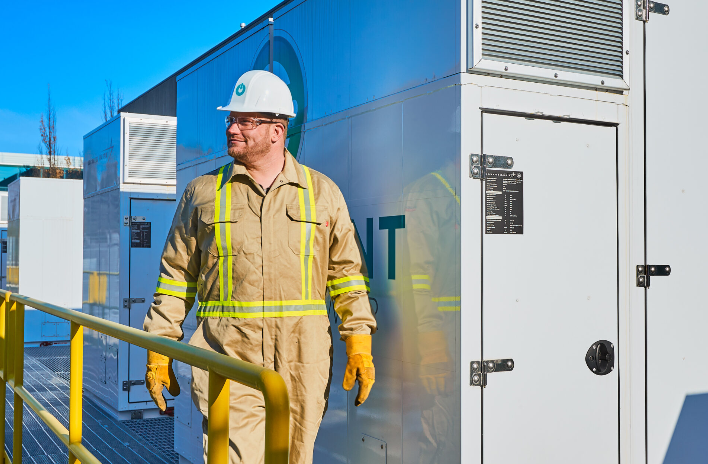
Taking the Next Step
If you have underutilized land, that unused land can become a driver of revenue through long-term, passive income by leasing it to Convergent. Energy storage isn’t destructive to the land, so it can be restored for another use down the line, if desired...
Energy storage is key to decoupling power consumption from a fossil-fuel-heavy grid and increasing sustainability, decreasing costs, and improving reliability.
For landowners looking to maximize the revenue streams on their land, energy storage is a key opportunity. Likewise, as grid reliability becomes more strained amid fuel shortages, grid outages, and natural disasters, batteries on-site can benefit communities by preventing interruptions in power supply.
Contact us today to learn more about leasing land and partnering with Convergent.
